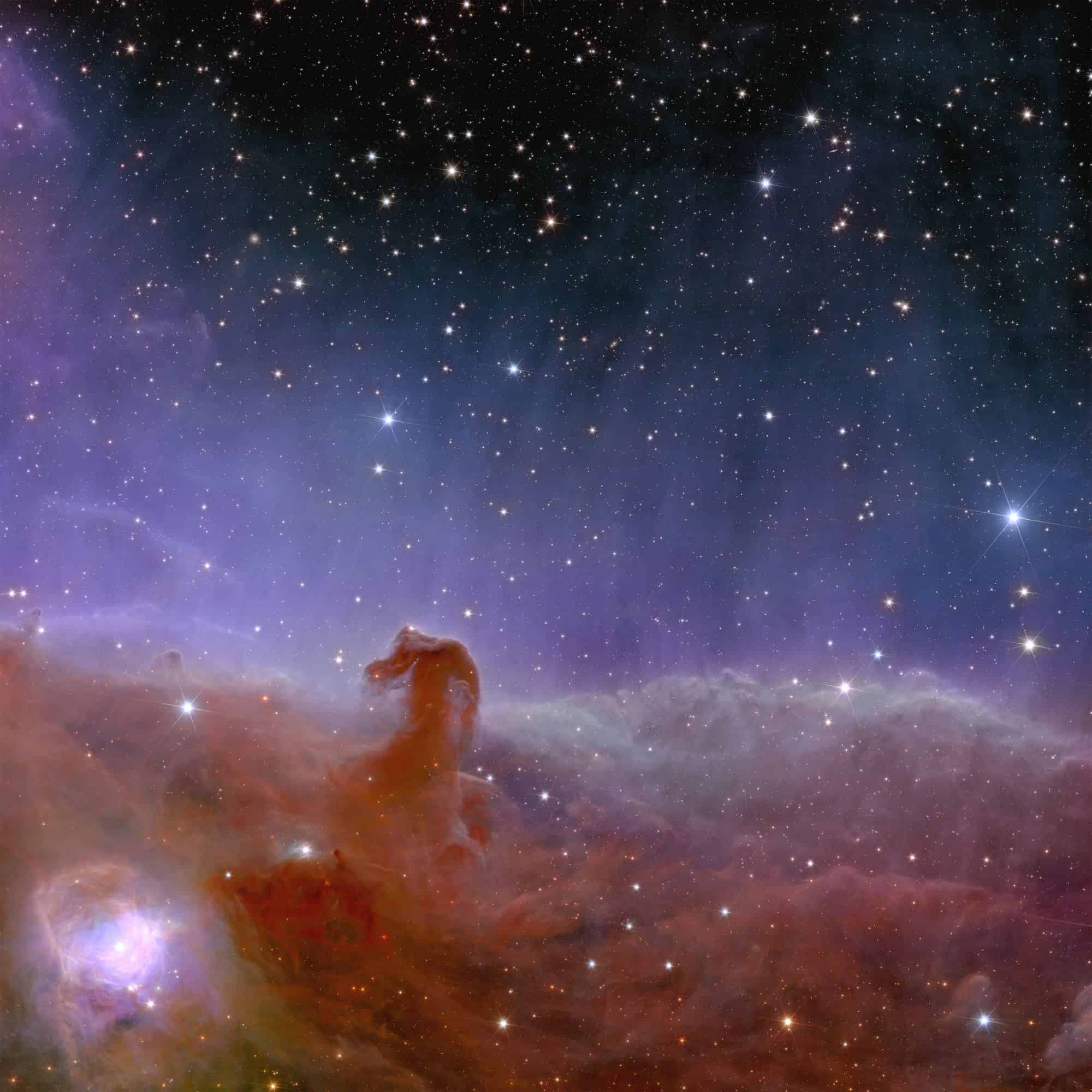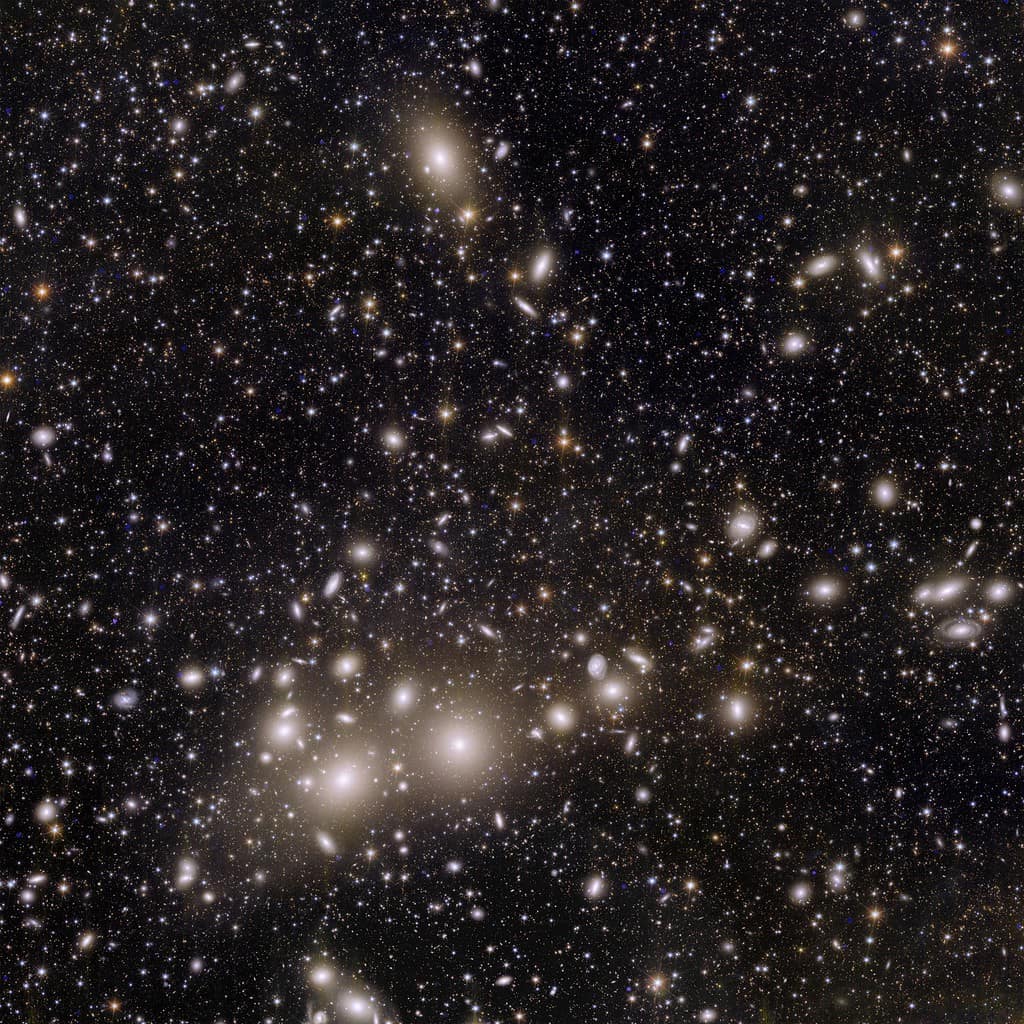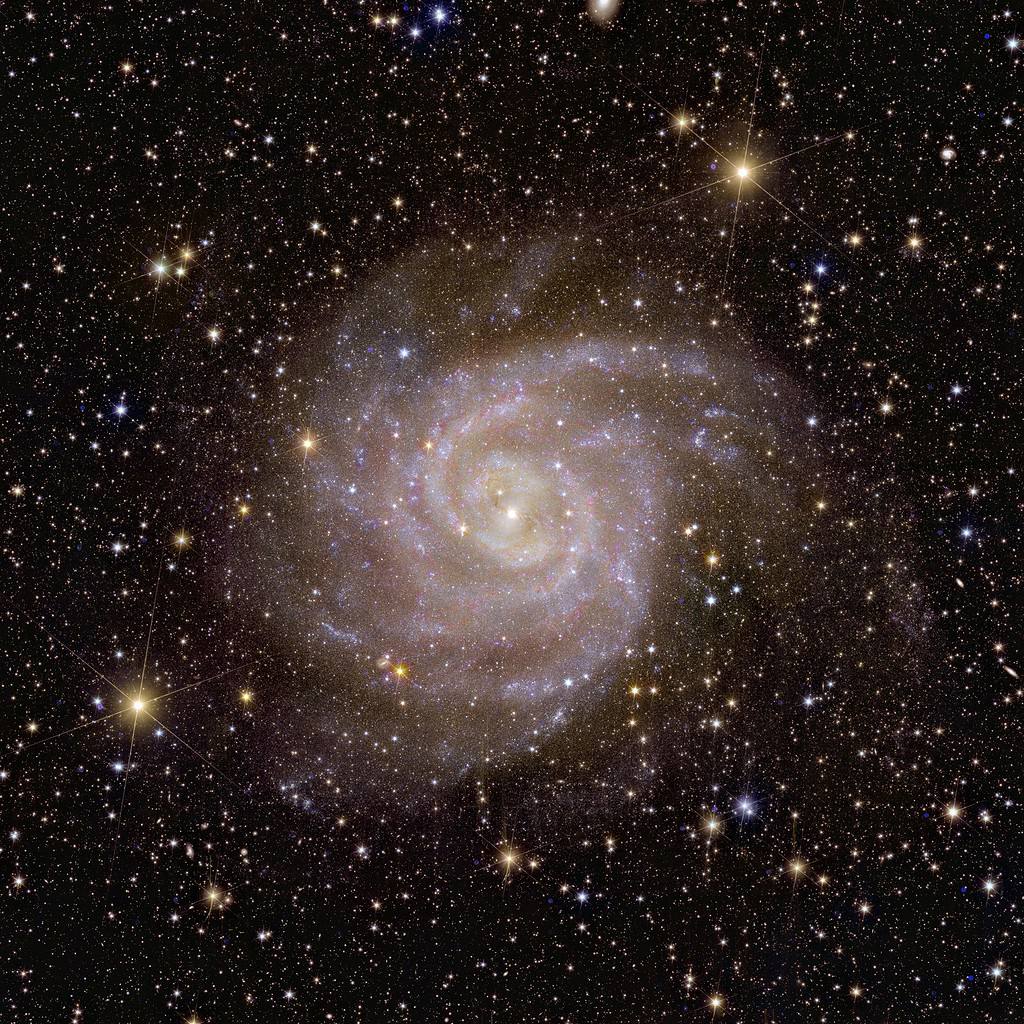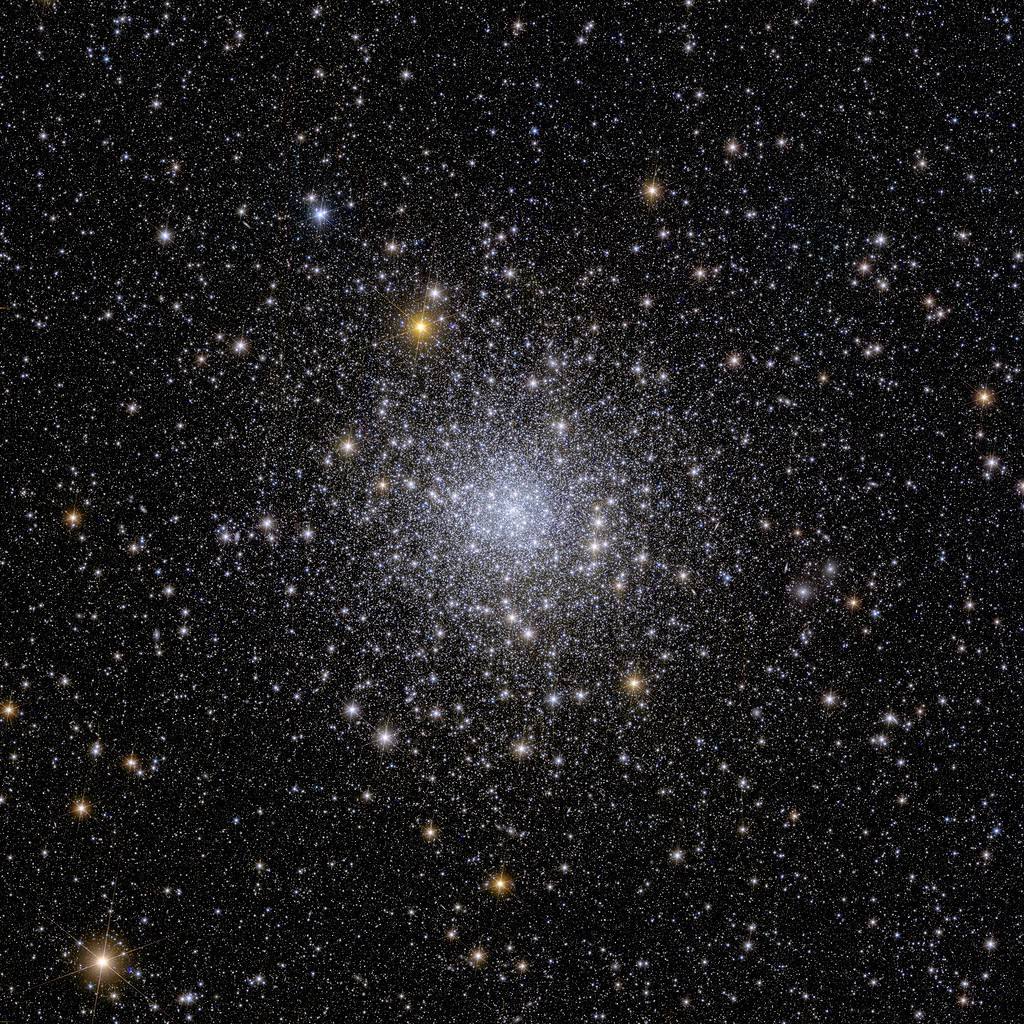Imagine being a detective dedicated to the exploring the composition and evolution of the dark Universe. This is the essence of the European Space Agency’s (ESA) Euclid mission. Recently, this space explorer has beamed back its first full-color glimpse into the distant reaches of our cosmos, with images so sharp they seem to slice through the fabric of space and time.

Euclid is a wide-angle space telescope with a 600-megapixel camera. It was developed by the European Space Agency and was launched on July 1 and traveled 1 million miles to the so-called Lagrange Point, where it lies in equilibrium between the Earth’s and the Sun’s gravity. Astronomers calibrated the instrument and everything is performing as expected — so they put it to work.
The main mission focus is investigating the mysteries of dark matter and dark energy. Astronomers believe that these two things make up 95% of the universe. But we have no idea what they are. We can’t observe them directly (that’s why they’re ‘dark’) but we can observe subtle patterns that may give clues to their nature. This is what Euclid will be attempting to do: study the contours, motions, and relationships between billions of galaxies and see what it can piece together about dark matter and the dark universe.

In essence, Euclid’s quest is to draft the largest 3D map of the universe, covering more than a third of the sky and reaching back 10 billion light years. It’s a mission with many big implications. It will trace the universe’s expansion and structure formation, shedding light on gravity’s role and the dark energy and matter shaping our cosmic journey.
Although Euclid doesn’t have a resolution nearly as sharp as the James Webb telescope, it can capture a much large snapshot of the universe. If we want any hope of clues regarding dark matter and dark energy, we need this wide view.

To put in perspective the scale of Euclid’s goal, here’s what the mission hopes to achieve in six years: the most extensive 3D map of the universe to date. The map will cover one third of the entire sky, contain billions of galaxies and peer up to 10 billion light years away from Earth — essentially seeing into the earlier days of the universe.
Astronomers are understandably thrilled, and it’s not hard to see why.
“This image [the one above] might look normal, as if every telescope can make such an image, but that is not true,” Leslie Hunt of the National Institute for Astrophysics in Italy said in the statement. What’s so special here is that we have a wide view covering the entire galaxy, but we can also zoom in to distinguish single stars and star clusters.
“I’m absolutely delighted to say that is the point where we say that we have reached all of our engineering milestones for the mission and we’re now able to move into the science phase,” Carole Mundell, ESA’s director of science, said while revealing the images. “It’s a really special day today.”

The image above is another striking example of the type of imagery Euclid is expected to send.
We expect all of the globular clusters in the Milky Way to have them, but so far we have only seen them around just a few,” Davide Massari of the National Institute for Astrophysics in Italy said in the statement. If there are no tidal tails, then there could be a dark matter halo around the globular cluster, preventing the outer stars from escaping.
“It is actually the kind of image we were hoping to achieve,” said Giuseppe Racca, Euclid project manager at ESA. “We’re really very satisfied and proud.”
In the silent dance of galaxies, Euclid’s mission is an ambitious one. The satellite is set to compose the grandest map of the cosmos ever conceived, with a canvas that stretches across one-third of the celestial sphere. It truly is a golden age for astronomy.


